1.   Base on quantity, what are the three methods of old asset data transfer? In what status does the company code have to be so that the transfer is possible?
1)Â Â Â small quantity -Â Â Â Create old asset manually (dialog transaction)
2)Â Â Â large quantity -Â Â Â Batch-input procedure (RAALTD01)
3)Â Â Â very large quantity – Â Â Â Â Direct data import (RAALTD11)
The company code must be set up to the status for old assets data takeover when no posting is possible.
2.   True or False? With the old assets data transfer through any of the three methods, appropriate G/L accounts in Financial Accounting are updated.
False. Balance reconciliation with the relevant G/L accounts must take place separately. G/L personnel can input these via FI or AA personnel can input them via the transfer balance screen in AA With up-to-date accounts in the already productive FI there is no need to update them.
3.   What are the two possibilities for the transfer date.
•   At the end of the last closed fiscal year
•   In the fiscal year following the last closed fiscal year
4.   What data is transferred at the year-end transfer and the sub-annual transfer?
Year-end transfer and transfer during fiscal year:
•   Master data
•   Cumulative values as of the end of the last closed fiscal year
Sub-annual transfer (if the transfer date after the closed fiscal year)
•   Master data
•   Cumulative values as of the end of the last closed fiscal year
•   Depreciation and asset transactions posted in the current year (transfer parameters)
5.   Explain the two methods of transferring the depreciation posted in the current year.
•   Transferring the depreciation posted in the current fiscal year up to the point of transfer- it is necessary to specify the last posted depreciation period In the legacy system for each depreciation area for every asset company code.
•   Posting the total depreciation for the current fiscal year up until the transfer date after the old data transfer –it is done in AA by performing a posting run for unplanned depreciation.
6.   Which activities should be done before the production start-up? Give a brief description of each of them.
•   Check consistency – major components configured, i.e. chart of depreciation, company codes, depreciation areas, asset classes, asset G/L accounts, AA customizing
•   Reset company code – test application data can be deleted (asset master records and transactions of AA) but only of the company code has a test status. Customizing settings are not deleted.
•   Reset posted depreciation – this function is performed when errors occurred during testing the depreciation posting run and it is necessary to return to the original status (includes depreciation data of an old assets data transfer). Manual adjustments in the relevant G/L expense and depreciation accounts need to be performed. The reset is possible only for a company code in a test status.
•   Set/reset reconciliation accounts – The G/L accounts relevant for AA are defined as reconciliation accounts by a report changing their master records. After the transfer date these accounts can no longer be directly posted to.
•   Transfer balances – Balances to the G/L accounts, which have been defined as reconciliation accounts, are transferred. (old data at fiscal year end)
•   Activate company code – This function terminates the production start–up.




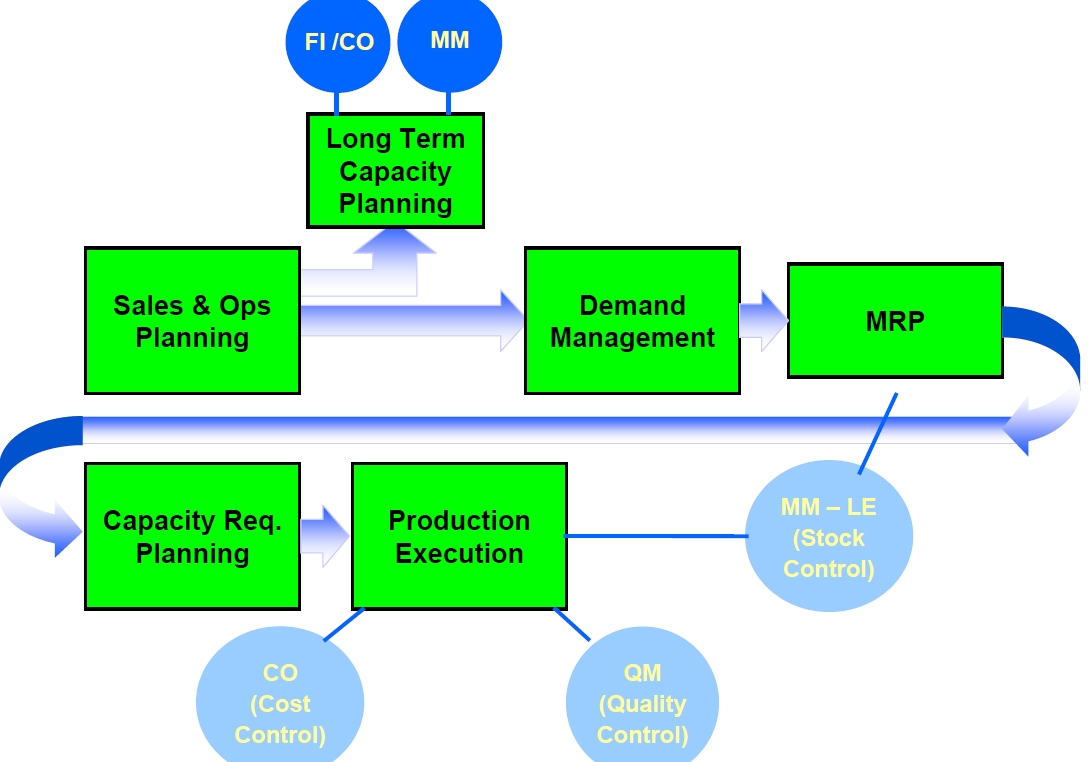

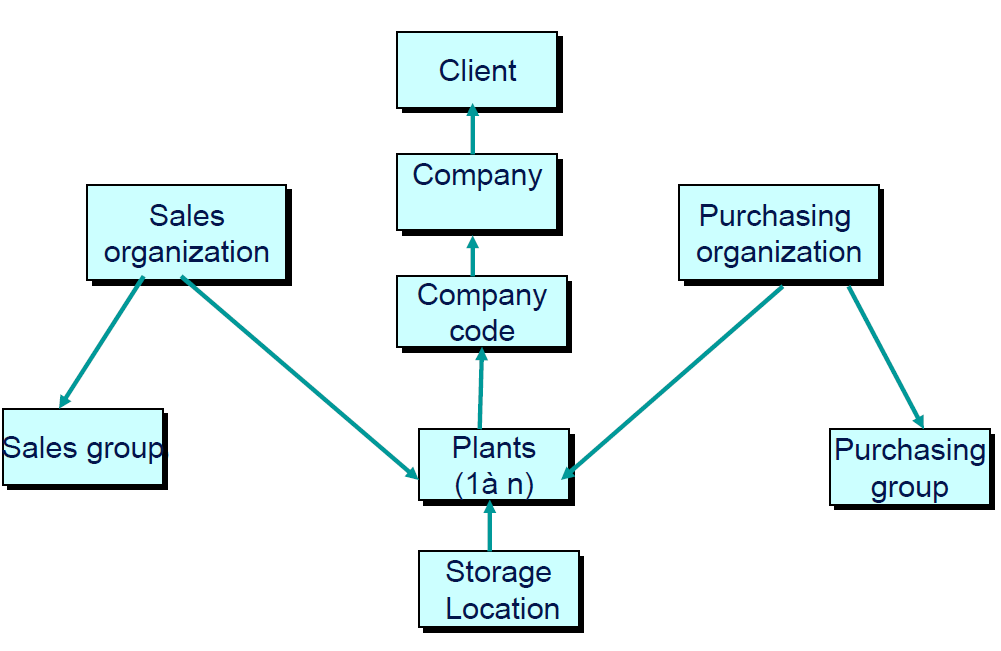
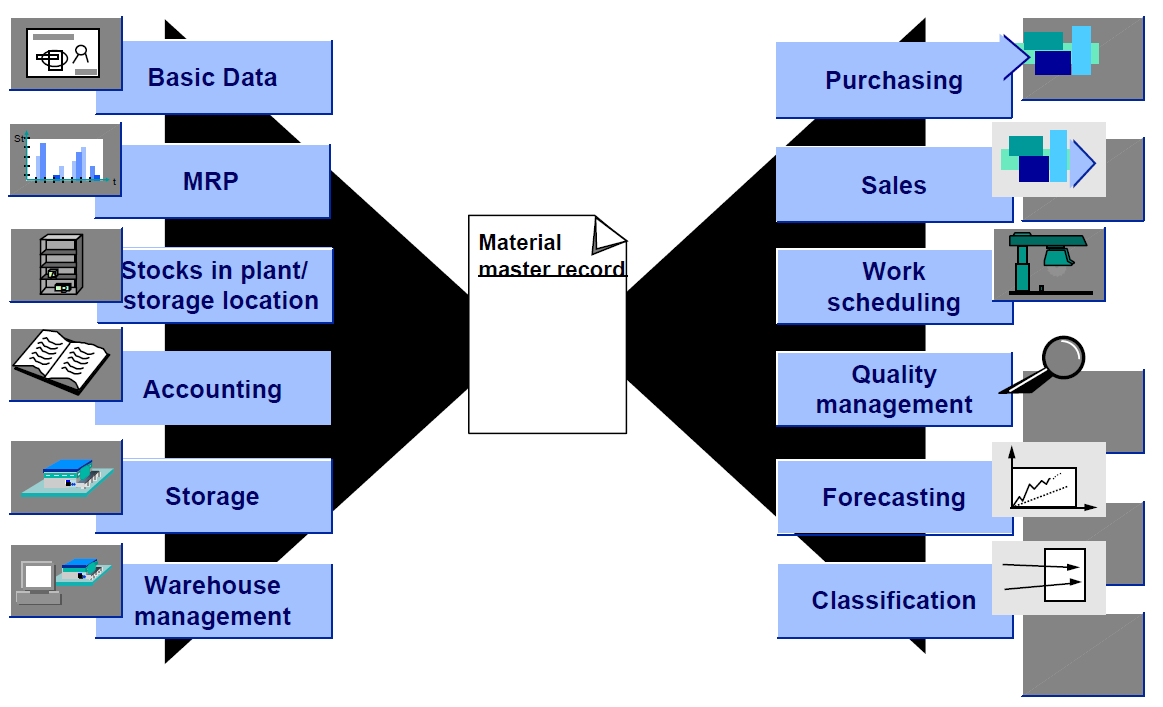
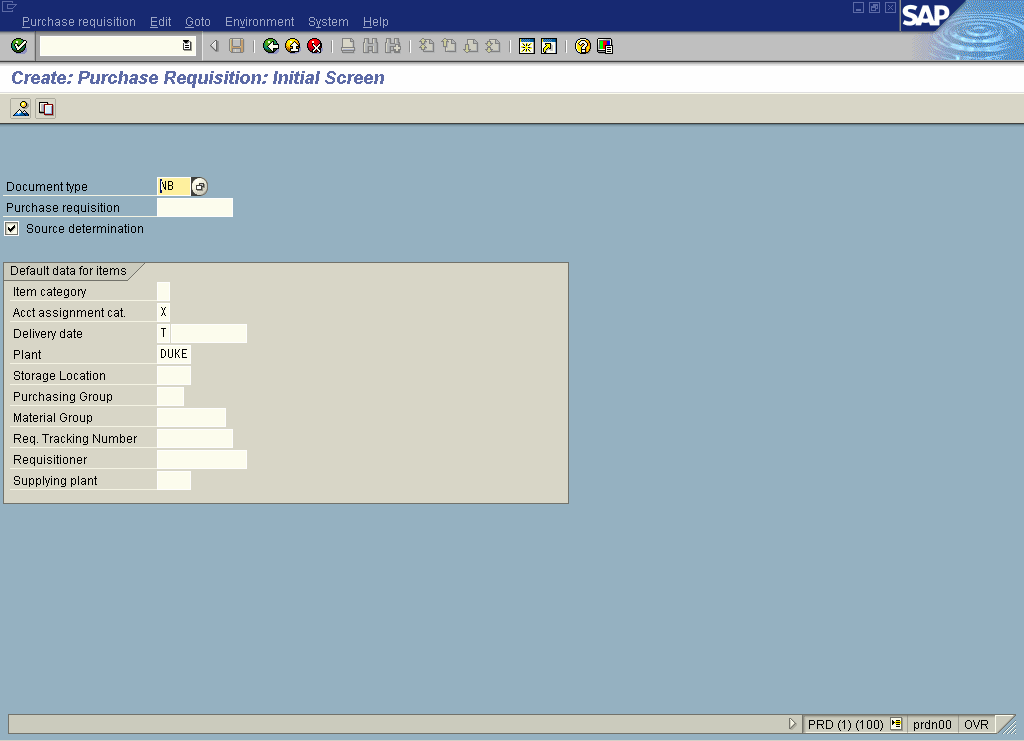
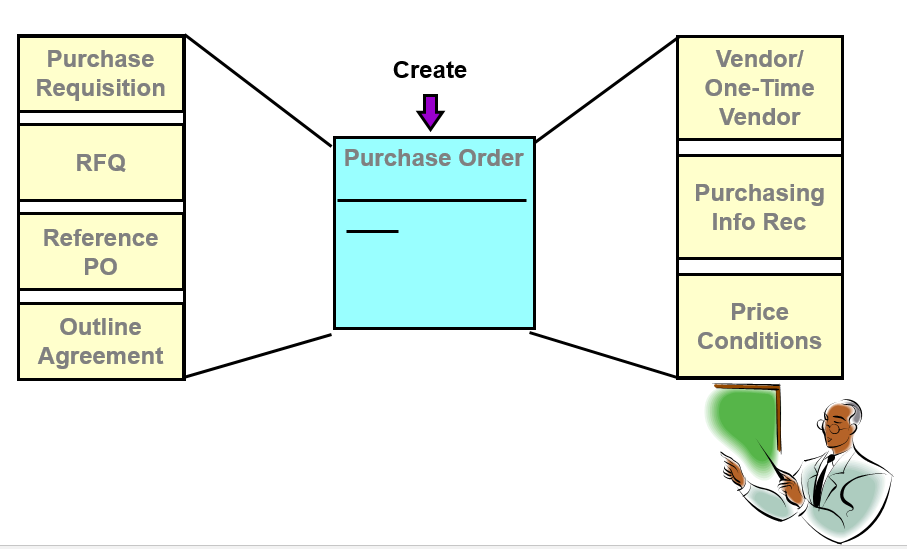
Leave a Reply